How to Grow a Lawn From Scratch: Essential Steps for a Lush Green Space
- February 29, 2024
- 1 comment
Roughly twelve months prior, gazing out at my backyard offered a view more akin to a desolate wasteland than the lush, verdant retreat one might dream of in suburbia. This narrative unfolds the transformational odyssey from a stark, lifeless expanse to a flourishing green haven, meticulously cataloging each phase involved in nurturing a vibrant lawn from the ground up.
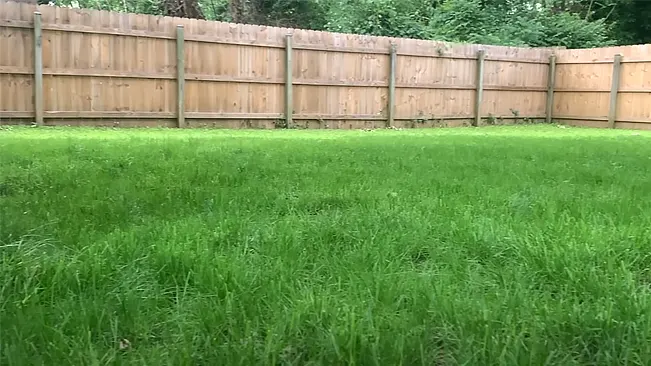
It’s a tale of turning the tide against nature’s neglect, where determination meets cultivation, leading to the birth of a thriving ecosystem right in my own backyard. Through trials, errors, and triumphs, this journey encapsulates the essence of renewal, showcasing the power of a dedicated vision in bringing about a radical change from barrenness to lushness.
List on How to Grow a Lawn From Scratch
- Soil Preparation
- Topsoil Enhancement
- Seed Selection and Spreading
- Post-Seeding Care
- Germination and Growth
Preparation Phase
Kicking off this backyard makeover, I started with the basics: cleaning up the mess. It was like setting the stage for a grand performance, getting rid of every twig, leaf, and piece of trash to make sure we were starting from scratch. This wasn’t just about tidying up; it felt like wiping the slate clean, ready for a fresh start. With the yard looking more like a blank canvas, I headed out to our local home improvement store. My mission? To rent a tiller.
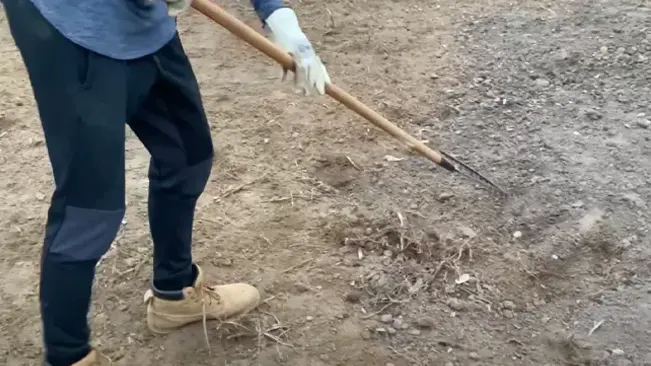
I knew that this piece of equipment was going to be the workhorse of the whole operation, churning up the hard, lifeless soil and turning it into a fertile bed ready for new life. It was a tangible step from planning to doing, and with the tiller in the back of my car, I felt the excitement of the project really starting to take root.
Soil Preparation
The act of tilling the soil took on a pivotal role in the whole lawn transformation process, particularly because of how compact and unyielding the ground beneath my feet was. It wasn’t just about turning over the earth; tilling served as a vital breath of fresh air for the soil, breaking it apart to let oxygen in and make room for water and nutrients to penetrate deeply. This wasn’t merely a physical change but a preparation for what was to come next. Based on the results of a thorough soil test I had done earlier, I knew exactly what nutrients were lacking and what needed to be added to create the perfect environment for grass to thrive.
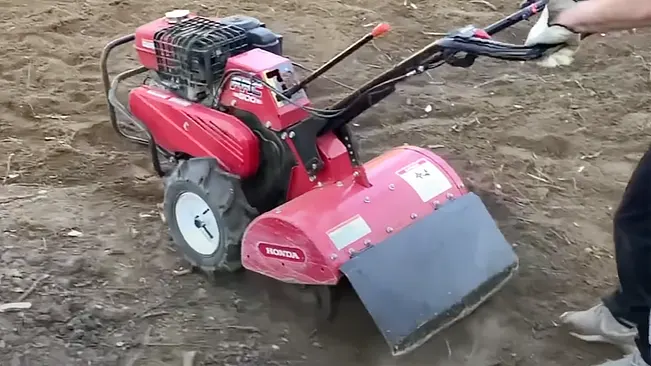
Tilling effectively set the stage for these amendments, ensuring that when I introduced new materials like compost or fertilizer, they would blend seamlessly with the native soil, creating a rich, nurturing bed where my future lawn could establish its roots firmly and flourish.
Topsoil Enhancement
In an effort to enrich the inherent qualities of my garden’s soil, I made the decision to integrate premium topsoil sourced from a reputable local provider. This strategic move was more than just an addition; it was a deliberate enhancement aimed at elevating the nutritional composition of the native earth beneath my backyard greens.
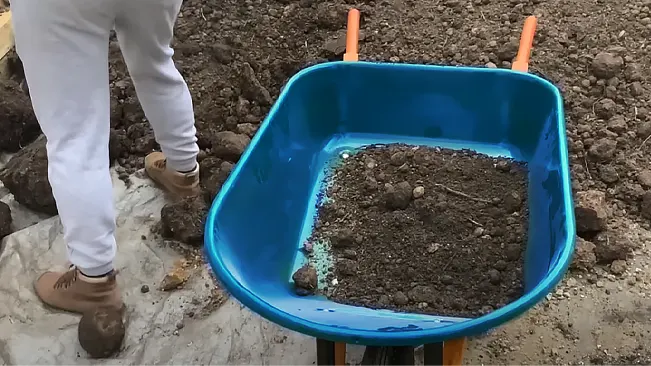
By selecting a high-grade topsoil, rich in essential minerals and organic matter, I was essentially laying down a fertile foundation, tailor-made to support and nurture the delicate grass seeds I planned to sow. This wasn’t merely about adding volume but about infusing life into the soil, creating a vibrant, nutrient-dense habitat that promised an ideal germination and growth environment for the seedlings.
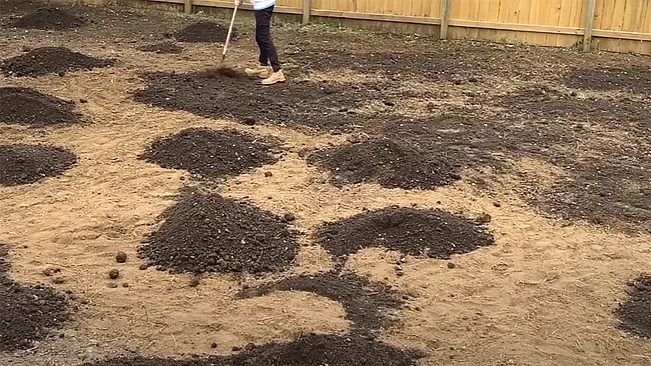
The anticipation of seeing lush, green blades sprouting from this enriched soil was a testament to the potential that lay in choosing the right amendments for my garden’s bed.
Seed Selection and Spreading
Selecting the appropriate grass seed blend was a critical juncture in my lawn restoration project, necessitating a thoughtful decision to match the unique characteristics of my yard. Acknowledging the diverse lighting conditions—ranging from the dappled sunlight filtering through the trees to the open, sun-drenched patches—I gravitated towards a sun and shade mix. This carefully curated blend promised resilience and adaptability, ensuring that the grass could thrive in both the bright, exposed areas as well as the more sheltered, dimly lit corners of the garden.
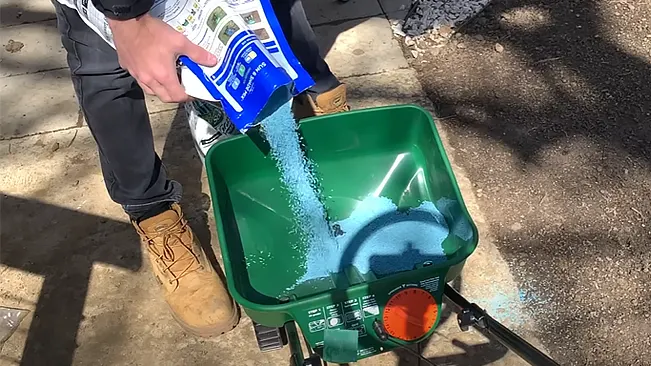
To complement this choice, I employed a walking spreader, a tool that became instrumental in achieving a uniform spread of the seeds across the terrain. The spreader’s precise mechanism allowed for an even distribution, eliminating clumps and bare spots, and guaranteeing that every inch of soil was kissed by the potential of new growth. This methodical approach to seeding was not just about planting; it was about laying down a living tapestry that would weave together the varying elements of my yard into a cohesive, verdant landscape.
Post-Seeding Care
Following the careful distribution of grass seeds across the canvas of my yard, the next step involved a delicate dance with a rake, its tines lightly caressing the earth to coax the seeds into a gentle embrace with the soil. This wasn’t about burying the seeds out of sight; rather, it was a subtle gesture to ensure they made just enough contact with the earth, nestled securely on the surface where they could bask in the sunlight and warmth they needed to germinate. The act was almost ceremonial, a final blessing before the seeds embarked on their journey of growth.

But the care didn’t stop there; it was immediately followed by the initiation of a meticulous watering regimen designed to maintain a perfect balance of moisture in the soil. This wasn’t about drenching the fledgling seeds, but rather ensuring a consistent level of dampness that would cradle them through their critical germination phase. The discipline of this routine, watering the soil just enough and just often enough, became a rhythmic ritual that promised the emergence of life from what was once a barren patch of land.
Germination and Growth
As the days began to unfold after the careful sowing of the seeds, patience became my steadfast companion, a virtue tested with each passing day as I eagerly awaited the first signs of life beneath the soil. Germination, a process both miraculous and painstaking, demanded a timeframe that could stretch from a mere week to a daunting three weeks, a period during which my anticipation grew with the slow march of time. When the initial sprouts finally pierced through the earth’s surface, their sporadic and patchy appearance was a stark reminder of nature’s unpredictability and the inherent challenges of cultivating a uniform lawn from scratch.
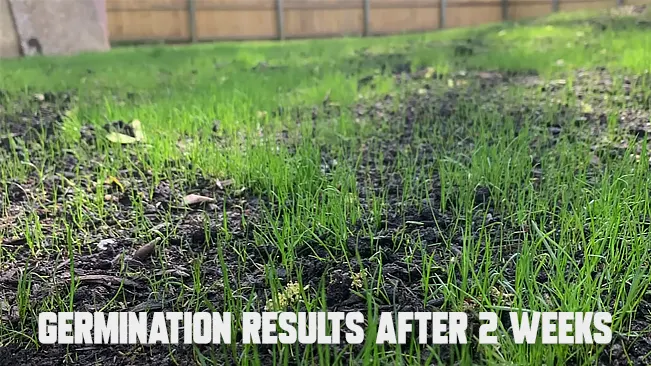
This uneven emergence of green blades across the yard served as a clear signal, nudging me towards a thoughtful reconsideration of my approach. It was a moment that underscored the need for adaptability in the face of gardening’s inherent uncertainties, compelling me to revisit and revise my strategy to encourage a more consistent and lush growth across the entirety of the landscape.
Overseeding and Maintenance
Confronted with the uneven and sporadic growth that marred the initial appearance of my budding lawn, I embarked on a corrective course of action, centered around the practice of overseeding. This method, aimed at filling in the bare and thinly covered patches, involved introducing an additional layer of grass seed to the existing landscape, a deliberate attempt to infuse density and uniformity into the lawn’s overall texture.
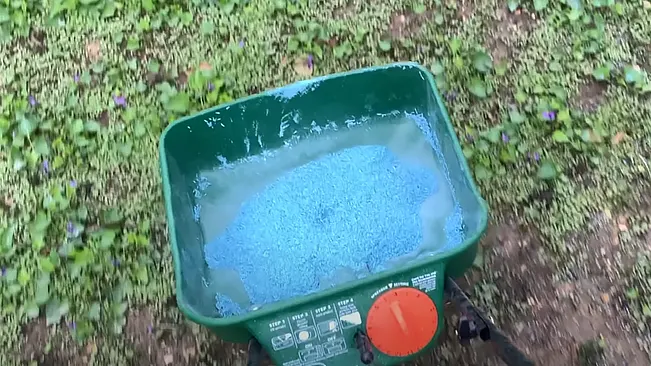
Alongside this targeted intervention, a steadfast commitment to regular maintenance became crucial. This encompassed a disciplined approach to watering, ensuring the soil remained sufficiently moist to support the newly sown seeds while preventing saturation that could hinder their development. As the grass began to assert its presence, reaching a height that signaled its readiness, the initiation of a mowing routine marked the next phase of lawn care.
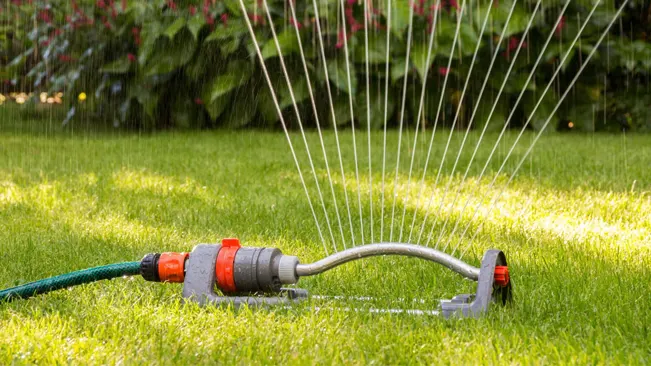
This wasn’t merely about trimming the grass to an aesthetically pleasing length; it was a vital step in promoting healthier growth, encouraging the spread of grass blades, and thus, gradually transforming the once patchy terrain into a lush, cohesive green expanse. This blend of overseeding and meticulous upkeep paved the way for the lawn’s revival, steering it towards the verdant splendor I had envisioned.
Weed Management
Tackling weeds in the newly sprouting lawn proved to be a significant hurdle, highlighting the need for proactive measures to safeguard the delicate grass from being overwhelmed. These invasive plants, quick to exploit any available resources, posed a real threat to the young grass struggling to establish itself. The experience underscored the value of implementing early strategies aimed at minimizing weed invasion, such as choosing competitive grass varieties and timely lawn treatments.
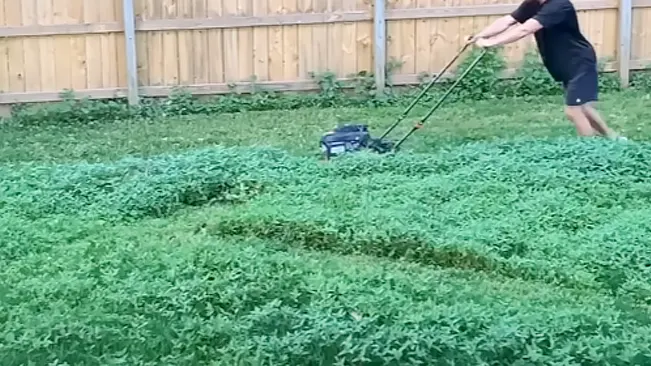
This approach was less about reacting to weed growth and more about preventing it, ensuring the grass had a fighting chance to thrive without the competition and overshadowing caused by weeds. It was a lesson in the importance of foresight in gardening, where preventing problems often proves more effective than addressing them after they arise.
Final Touches and Results
Despite my best efforts, some parts of the lawn stubbornly clung to their sparse appearance, standing out against the surrounding greenery. Not one to admit defeat, I doubled down with another round of overseeding, carefully targeting these stubborn patches with a mix of hope and grass seed. Alongside this, I ramped up my lawn care routine, fine-tuning watering schedules, and staying on top of any emerging weeds with a keen eye.
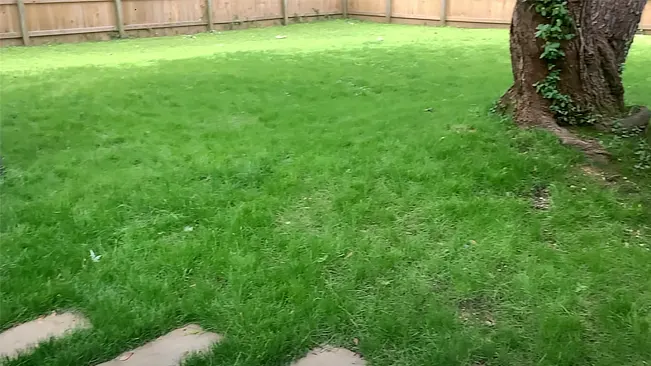
This wasn’t just maintenance; it was a mission to coax every inch of my lawn into uniformity. Over time, these efforts began to pay off. The new seeds took root, and slowly but surely, the once patchy areas started to blend in with the rest of the lawn, creating a more even, lush look. It was a clear reminder that sometimes, a little persistence and a lot of care can turn even the most stubborn lawn around.
Lessons Learned
Reflecting on my journey of transforming a barren patch into a lush lawn, I’ve come to appreciate several critical aspects that were pivotal to achieving a thriving green space. Here are my key takeaways:
- Importance of Soil Health: The foundation of a healthy lawn lies beneath the surface. Ensuring the soil is well-aerated, nutrient-rich, and has the right pH balance can significantly impact the growth and health of the grass. Soil that’s been properly prepared can better support seed germination and sustain plant growth.
- Timing of Seeding: Choosing the right time to sow the grass seeds is crucial. Seeding too early or too late in the season can affect germination rates and the overall success of the lawn. Ideal timing ensures the seeds have the best conditions for growth, taking advantage of favorable weather and soil temperatures.
- Effective Weed Management: Keeping weeds at bay is essential for allowing the grass to establish and thrive without competition. Implementing strategies for weed control, such as pre-emergent treatments and maintaining a healthy lawn that can outcompete weeds, is key to preserving the integrity and aesthetics of the lawn.
Conclusion
Turning my desolate backyard into a flourishing oasis was an incredible learning curve, filled with as many setbacks as successes. It taught me the ins and outs of what makes a lawn truly thrive—from the vital role of healthy soil to the precise timing needed for seeding, and the constant battle against invasive weeds. This adventure was more than just about gardening; it was a lesson in adapting, in tuning into the natural world, and in persevering through the trials. I share my story in the hopes that it might light the way for others dreaming of their own green sanctuaries, showing that with a bit of grit and a lot of care, even the most barren spaces can be transformed into lush, living canvases.
FAQs
- What is the best grass seed mix for a yard with varying sunlight conditions?
For yards with both sunny and shady areas, a sun and shade mix is ideal. This blend contains various types of grass seeds suited for different light conditions, ensuring uniform growth throughout the yard. - How often should new grass seed be watered?
Newly seeded lawns should be watered at least twice daily to maintain soil moisture without causing flooding. The goal is to keep the soil consistently moist until the seeds germinate. - What are the signs of overwatering a new lawn?
Overwatering can lead to waterlogged soil, resulting in seed displacement, poor root development, and potential fungal diseases. Signs include standing water, soggy soil, and yellowing sprouts. - How can I tell if my soil needs amendments before planting grass seed?
A soil test is the best way to determine your soil’s pH and nutrient levels. If the soil is too acidic or alkaline, or lacking in essential nutrients, amendments like lime or fertilizer may be necessary. - What is overseeding, and when should it be done?
Overseeding involves spreading new grass seed over an existing lawn to fill in bare spots and improve lawn density. It’s typically done in the fall or spring, during optimal growing conditions for the grass. - How long does it take for grass seed to germinate?
Germination times vary depending on the grass type, but most seeds start to sprout within 7 to 21 days under ideal conditions. Consistent moisture and favorable temperatures are crucial for germination. - What role does tilling play in lawn preparation, and is it always necessary?
Tilling aerates compacted soil, improves drainage, and helps incorporate soil amendments. It’s especially beneficial for hard, compacted, or clay-heavy soils but may not be necessary for looser soil types. - Can I use regular topsoil to improve my lawn’s soil quality?
Yes, spreading quality topsoil can enhance the nutrient profile and texture of your native soil, providing a better growing medium for grass seed. Ensure the topsoil is free of weeds and contaminants. - What should I do if weeds start appearing in my new lawn?
Early weed management involves hand-pulling or spot-treating with a selective herbicide safe for new grass. Maintaining a healthy, dense lawn can also naturally deter weed growth over time. - How can I protect my new lawn from foot traffic during the early stages of growth?
Limit foot traffic on newly seeded areas until the grass is well-established and has been mowed a few times. Setting up temporary barriers or signs can help protect the delicate sprouts from damage.

Charles Hayes
Forestry AuthorI'm Charles Hayes, I bring over 15 years of specialized expertise in landscaping and woodworking, blending artistic design with sustainable environmental stewardship. My career, fueled by a profound passion for the natural world, encompasses extensive education and hands-on experience in creating harmonious, eco-friendly outdoor spaces and responsibly managing forest resources. Recognized for my professional standing, I am committed to continuous learning and certification in cutting-edge practices. My expertise is not only reflected in my work but also in my contributions to community projects, educational workshops, and collaborations with industry leaders. As an authoritative voice in my field, I strive to share knowledge and promote environmentally conscious approaches, making me a trusted resource in landscaping and forestry.

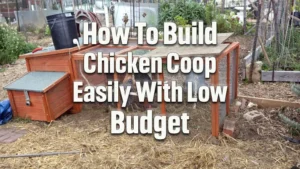


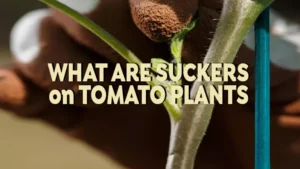
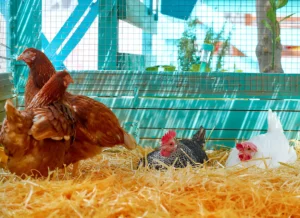
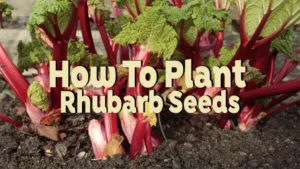
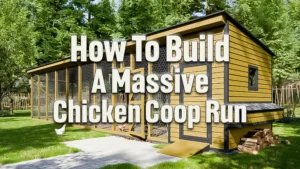
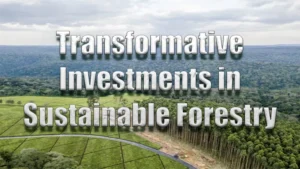
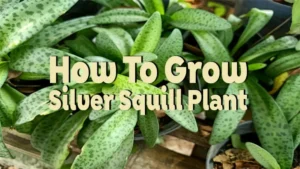



Accacia flowers or gum tree flowers or intoresting leaves twisted willow sticks or long lasting inedible fruits that are pruned and anny flowers shuld be gathered arranged and sent to old people's homes in vast quantity and payed for by the government and arranged by retires I think! For elderly sanity hope and appreciation
Seth prime
March 1, 2024 11:26 am